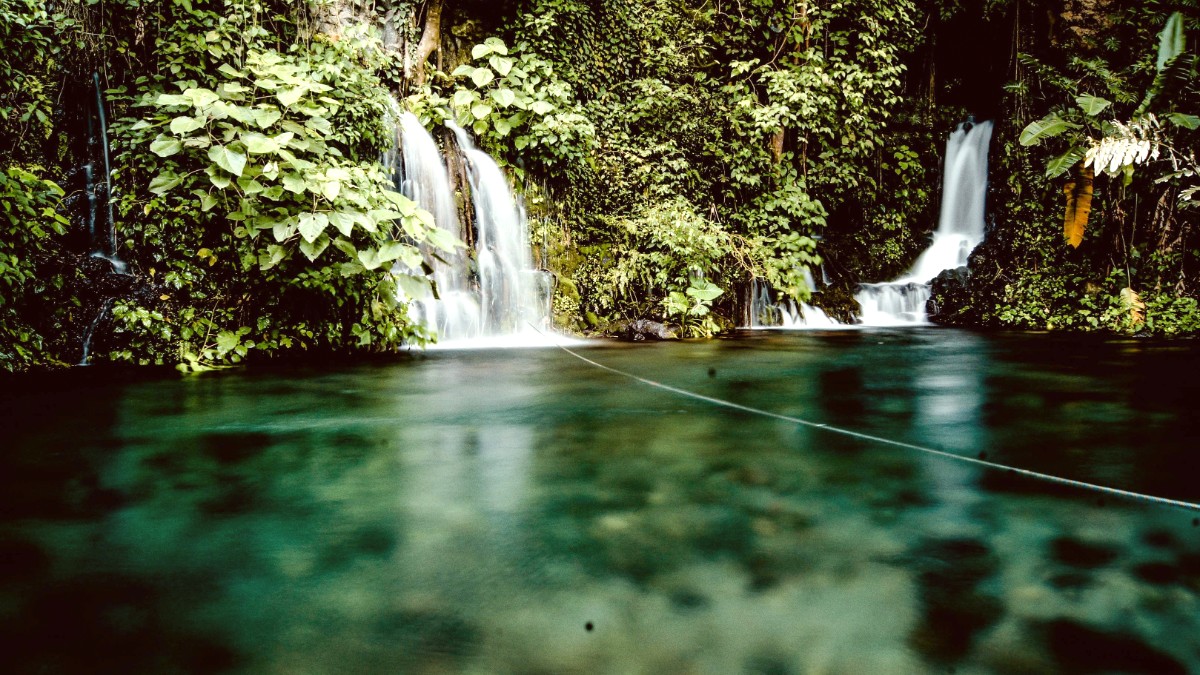
Tabasco And Chiapas, Mexico
These sites signify the core of Tabasco's historical and cultural identity, offering deep dives into Mesoamerican civilizations and regional heritage.
Visitor information, insider tips, and cultural context elevate your exploration.
This museum offers excellent background for understanding the Olmec heads and other artifacts seen at La Venta.
The only major Maya archaeological site built with fired bricks, about an hour north of Villahermosa. It presents an unique architectural style.
The main Catholic cathedral in Villahermosa, a modern architectural landmark overlooking the Grijalva River. Entry is free.
One of the oldest churches in Villahermosa, featuring more traditional colonial architecture.
Explore Tabasco's significant past, from its ancient Olmec roots to its more recent history, through a range of sites.
An outdoor museum displaying colossal Olmec stone heads and altars, relocated from the original La Venta site. It represents the "mother culture" of Mesoamerica.
Visit early to avoid heat. The park separates into archaeological and zoo sections, taking 2-3 hours to fully explore.
This museum complements La Venta by providing context for Olmec artifacts. It houses a significant collection of pre-Hispanic items from Tabasco and other Mesoamerican cultures.
About an hour north of Villahermosa, this is the only major Maya site constructed with fired bricks. It was a significant trading center, displaying an unique architectural style.
Comalcalco has a small museum on site, providing additional context to the ruins.
This site presents a distinct architectural experience compared to other Maya sites. Open daily, with an entrance fee.
Parque-Museo La Venta, home to monumental Olmec stone heads, showcases the "mother culture" of Mesoamerica.
Comalcalco is the unique Maya archaeological site built with fired bricks, a significant trading center.
Catedral del Señor de Tabasco and Iglesia de La Conchita mark religious sites in Villahermosa.
Tabasco's religious sites reflect its cultural fabric, and its architecture mirrors both historical and modern influences.
Tabasco's landscape, defined by abundant water, presents distinct natural attractions, from urban green spaces to vast wetlands rich in biodiversity.
Discover the diverse fauna of Tabasco, especially in its renowned wetland areas.
Villahermosa offers serene parks and scenic waterways for relaxation and urban nature appreciation.
Tabasco's unique geography is shaped by its extensive network of rivers and lagoons.
Beyond main attractions, discover unique local experiences and less-visited natural beauty.
Venture beyond the main sights to uncover Tabasco's unique local experiences, from artisanal traditions to emerging ecotourism destinations.
Explore active cacao haciendas near Comalcalco for tours explaining the chocolate-making process, often with tastings. A unique Tabascan experience.
Located near the Chiapas border, this park provides caves with stalactites and stalagmites, and small waterfalls for swimming. Offers natural beauty.
A small town recognized for its distinctive floating houses on the river, offering a glimpse into a traditional way of life unique to the region.
Explore smaller regional markets for a more authentic glimpse into daily life and local goods. These spots are rarely visited by mainstream tourists.
Find Market ToursSeek out local parks that cater to residents. They provide quiet green spaces and insights into community recreation, often with local vendors.
Discover Local Green SpacesEmerging areas within the Biosphere Reserve are gaining interest, offering opportunities for deep nature immersion and supporting local communities.
Explore Biosphere ToursWander through Villahermosa's downtown to capture street art, reflecting local culture and artistic expression. These provide unique photo opportunities.
Urban Art WalksExplore specific aspects of Tabasco's rich history and natural environment.
Experience Tabasco's cultural scene through live performances and artistic displays.
Combine visits to Parque-Museo La Venta and Museo Carlos Pellicer Cámara for a comprehensive understanding of Olmec culture.
For Comalcalco, consider hiring a local guide to gain insights into the brick architecture and Maya history.